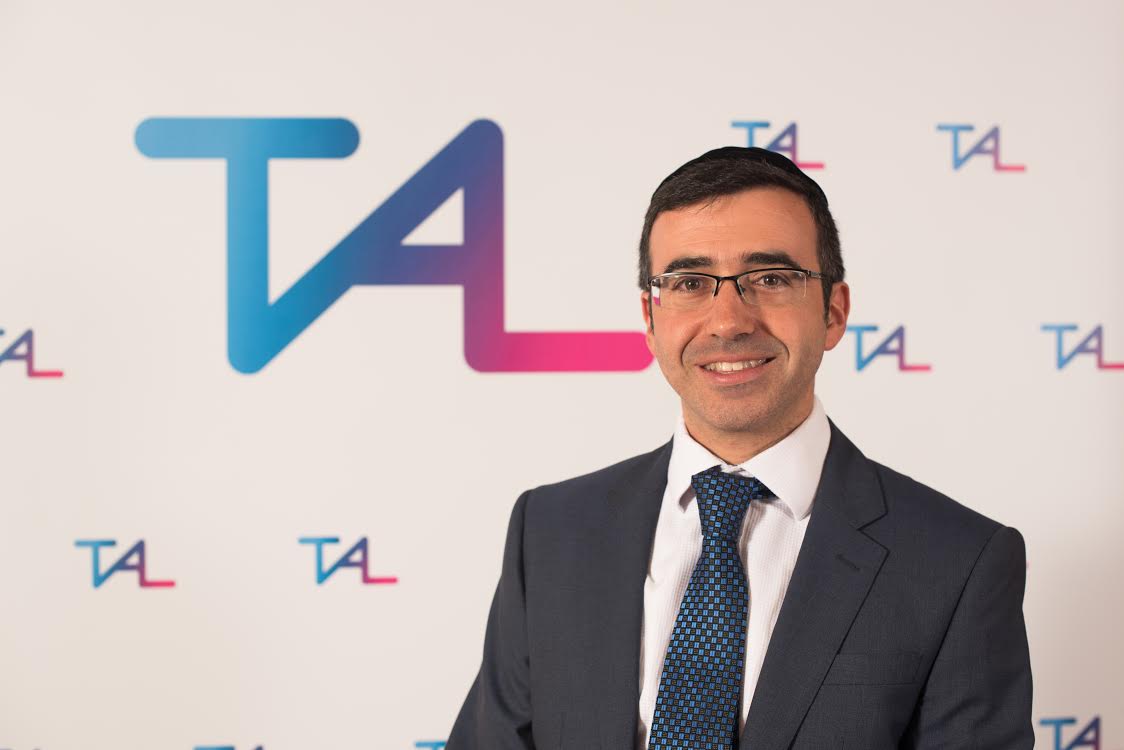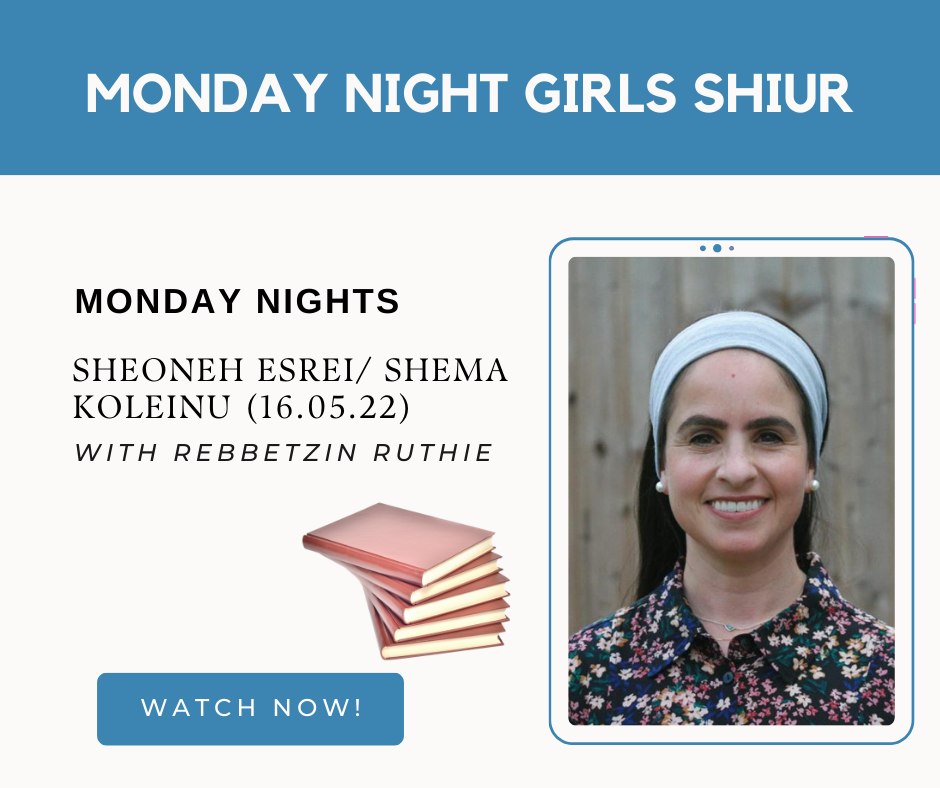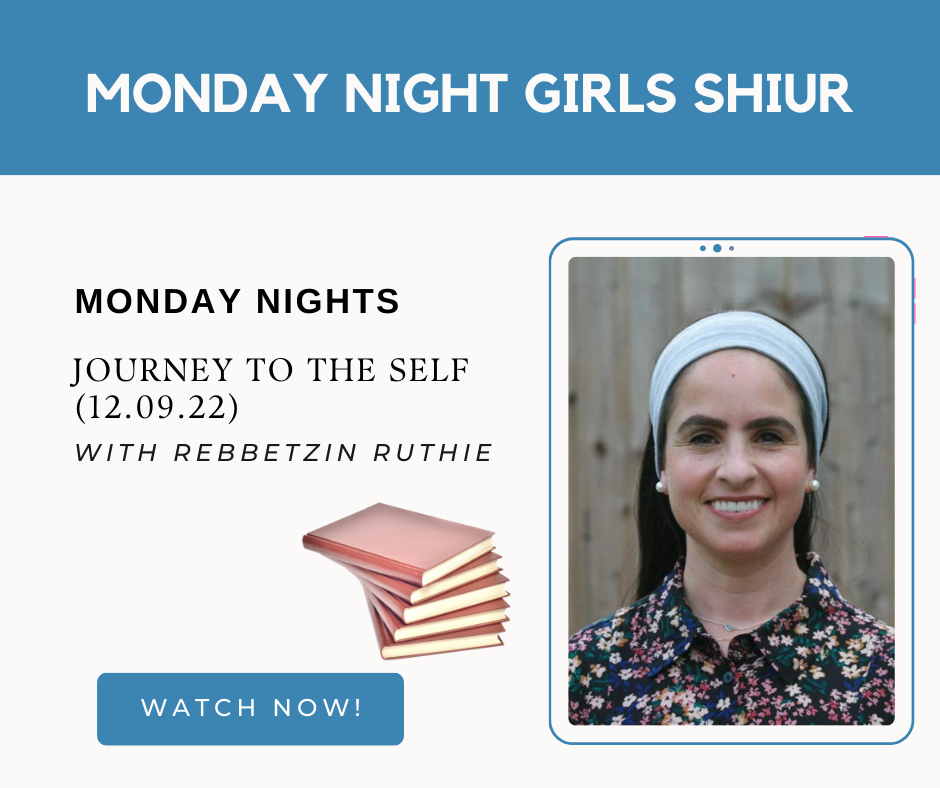
What does the month of Nissan and women have in common?
No it’s not the extensive cleaning or the cooking. Although that might have something to do with it, there is much more than meets the eye.
As we arrive closer to the month of Nisan and the scent of the Pesach cooking arrives, there is something special about this month and it starts with Rosh Chodesh Nisan – the first day of Nisan.
The Gemara (Megilla 6b) raises an interesting issue regarding Purim which as we know, is celebrated on the 14th of Adar. However, the question arises what are we to do in the event of a leap year? There are two Adars and thus two possibilities. Should we celebrate Purim in the first Adar or the second?
The Gemara answers that we must make sure we are “Somech Geulah L’Geulah”, keep the redemptions in close proximity. Nissan is the month in which Hashem redeemed us from Egypt and we want
Purim (redemption from Haman’s evil decree) to be linked to this and hence it should occur in the month closest to it – i.e. the 2nd Adar.
We currently find ourselves in the stage of Somech Geula to Geula.
The midpoint between Purim and Pesach occurs at Rosh Chodesh Nissan. This is a very significant Rosh Chodesh as we will see.
When the Bnei Yisrael were still in Egypt, Hashem commanded Moshe that this
month would be exceptional. It would represent the month in which they would be set free, and henceforth, all counting would connect back to this month.
Rosh Chodesh Nissan appears again in the Torah in the second year. After the sin of the Golden Calf the Bnei Yisrael went about building the magnificent Mishkan. The Torah relates that the building was finally inaugurated on Rosh Chodesh Nissan. So far we have seen what a significant day Rosh Chodesh Nissan is, but what does this have to do with women? When Moshe was delayed in coming down the mountain the people panicked, gathering around Aharon and pushing him to act. Aharon wanted to delay the people and asked them to remove gold from their wives sons and daughters and bring it to him.
Rashi (32:2) explains that Aharon reckoned the women and children
wouldn’t part easily with their gold, and this would earn him time, in which he would be able to delay them until Moshe really did come down.
Aharon was right; getting the gold from them was difficult. In fact the women refused to give their gold. The men seeing this refusal simply took their own gold and gathered it for Aharon. Eventually the
Golden Calf was created with the gold gathered from the men.
A few months later the Bnei Yisrael were commanded by Hashem to build the Mishkan. Everyone was to bring gold silver copper, whatever they wished to donate. This time the show was different.
Vayavou HaAnashim Al Hanashim – the men came ‘Al’ the women.
The Ramban explains that the women came to make their donations first, and the men merely followed their lead. When it came to the Golden Calf they refused to give.
That might be considered normal, seeing as a woman values her jewellery, why should she give?
However the test was when it came to giving to the Mishkan, would they also refuse, or would they give. They passed with flying colours for not only did they give, but they gave first!
The Da’at Zekeinim explains that there was an even further dimension of their giving; They rejoiced at the ability to give towards the Mishkan.
Hashem in turn rewarded the women with a special status, and they were excluded from having to do work on Rosh Chodesh. This is a custom cited in Shulchan Aruch, that women do not do work on Rosh Chodesh [Orach Chaim 417:1].
At what point in time did the women receive this holiday? It was at the time of the building of the Mishkan, when they distinguished themselves through their willing donation of their jewellery to the
service of G-d.
The Da’at Zekeinim theorizes that because the Mishkan was erected on Rosh Chodesh Nissan, it was specifically Rosh Chodesh Nissan which was originally given to the women as a work-free festival. The Da’at Zekeinim concludes that the custom to refrain from work on every Rosh Chodesh was a derivative of this original holiday.
What’s the connection between women and Nissan? It was this Rosh Chodesh that the women merited to show their true belief. It was from here that they are blessed with the special status reserved for women on Rosh Chodesh.
Rosh Chodesh represents rebirth, renaissance, and renewal. In a homiletic sense, the word haChodesh (the month) is related to haChidush (the renewal). The moon drifts further and further away from the sun, becoming smaller and smaller, until we think it has disappeared. And yet it comes back, renewed and refreshed. Our righteous women symbolize this power of renewal in the Jewish people.
Therefore it was only right that the women be given Rosh Chodesh as their own private holiday.







